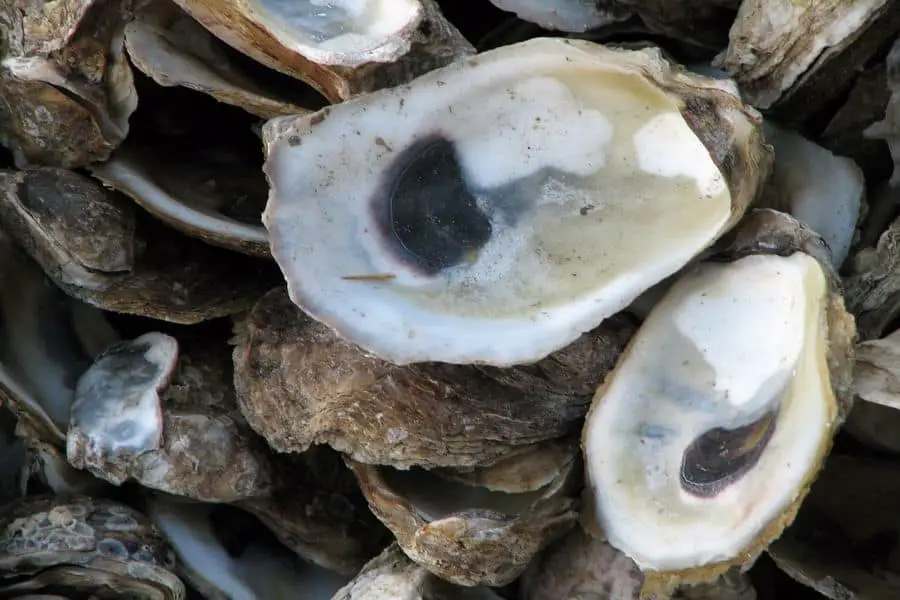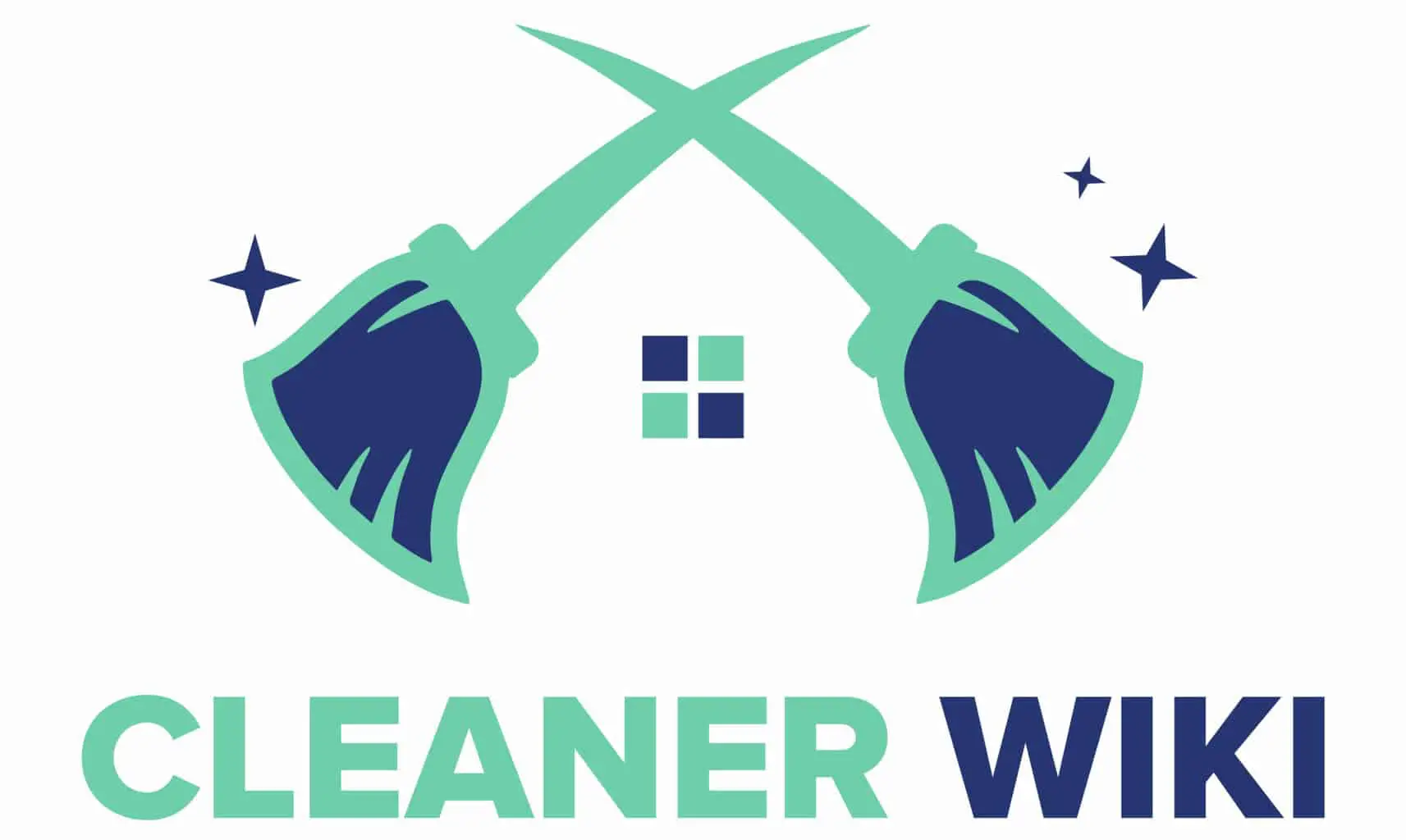As an Amazon Associate we earn from qualifying purchases.
If you are deeply immersed in the beauty of craft, this article is for you. Oyster shells are well-known for their many applications in the craft. However, before using them for the craft, you must clean them for hygiene reasons; now, we will discuss how to clean oyster shells for the craft.
Contents
- How to Clean Oyster Shells for Crafts?
- Materials You Need to Prepare
- Step 1: Opening up the Oyster Shells
- Step 2: Rinsing the Shells With Water to Remove Sand and Dirt
- Step 3: Dipping the Oyster Shells in a Large Bucket
- Step 4: Creating the Cleaning Solution
- Step 5: Soaking the Oyster Shells Into the Solution
- Precautions to Take While Dipping the Oysters
- Step 6: Scrubbing and Cleaning of the Oyster Shells
- Other Pointers
- Frequently Asked Questions
- Conclusion
How to Clean Oyster Shells for Crafts?
Oyster shells can create beautiful gifts, as they give this antique look and serve as an excellent item for home décor. However, before using them for craft, it is essential to perfectly clean and polish them to provide the best look to your product of hard work.

Materials You Need to Prepare
Before moving on to the cleaning, there are various materials that you need to keep close to yourself. If you have the right ingredients, cleaning oyster shells might be easier than cleaning sheepshead and turkey necks, the cleaning process becomes easy and seamless and brings better results.
Thus here is the list of the materials you need to prepare before you move on to the cleaning process:
- A few large buckets for cleaning, dipping, and storing the oyster shells.
- A bottle of bleach: the quantity might change according to the number of shells you are dealing with.
- Water for creating solutions and rinsing off the dirt.
- A hard bristled brush to scrub off the dirt from the oyster shells.
- A microfiber cloth to place the oyster shells while drying them into the sun.
- Some baby oil to rub for the shine and smooth texture of the oyster shells.
- The materials mentioned above are easily available in the market and are quite pocket friendly. Make sure you wear protective gloves before you start to clean.
Step 1: Opening up the Oyster Shells
The oyster is usually in closed shells. Thus you have to start by opening up the oyster shells first. Place the oyster on any non-slippery surface and put the knife in the space between the two shells.
Twist and pop open the shells, remove the meat from it, and be careful to consider these pointers while going about the process.
- The meaty part of the oyster is quite slippery; make sure you do not apply much pressure, as you might hurt yourself.
- You can either throw away the meaty part or consider eating it.
- The process is a bit delicate and slippery; thus, consider wearing any protective gloves to protect your hands from the knife and sharp edges.
Do not be hasty when it comes to cutting, twisting, and cutting the meat. Take your time. The motion while cutting the meat should be swift and soft, do not apply any extra pressure.
Step 2: Rinsing the Shells With Water to Remove Sand and Dirt
Once the oyster shells are opened up, it is time to start cleaning the shells. Similar to cleaning vegetables like broccoli and fruits like raspberries, rinsing with running water is a necessary step. The next step is rinsing the shells with water to remove sand and dirt, make sure to check if there are pearls inside; here are the steps that you will need to follow:
- Take a bucket and fill it with water; make sure you rinse outside the house, as the smell can be really strong and uncomfortable.
- Use a mug and pour water on the oyster, and rinse them well.
- Remove any type of loose sand or dirt from the shells to make the next step quite easy.
- Scrub a little with your hands, no need for any extra scrubbers.
Rinsing of the oyster shells might leave some really bad odor inside the house. Thus it is advised to do this step outside the house so that the aroma of the house is not compromised, try an open space like your deck to keep the odor away from your house.

Step 3: Dipping the Oyster Shells in a Large Bucket
After rinsing the oyster shells, you need to store them in the water not to lose their freshness and lustrous look. Thus the next step for cleaning would be dipping the oyster shells in a large bucket for storage:
- Take a large bucket and fill it with some clean water.
- Once you are done rinsing the oyster shells, you can directly put them into this bucket.
- Place the oyster shells, make sure you do not crack any of the oyster shells.
Using a clean sink or bathtub is not recommended at all, as there will be a strong odor in the room, and the residue from the oyster shells that will emerge in the water is bad for the plumbing.
Step 4: Creating the Cleaning Solution
Once you have carefully stored the oyster shells, it is time to create the cleaning solution. Mix equal parts of bleach and water into a bucket to create the solution.
Make sure the bleach can cover all the oyster shells in the bucket; here are some pointers to consider while creating the solution:
- Make sure you dilute the bleach well; otherwise, it can harm the structure of the shells.
- The quantity of the bleach will change according to the number of shells that are supposed to be cleaned.
- If you are sensitive or allergic to bleach, do not use it. You can move forward with using vinegar. Mix equal amounts of both the ingredients in a bucket.
Here is the link to a study discussing the sanitizing properties of bleach.
Step 5: Soaking the Oyster Shells Into the Solution
Once the solution is prepared, you need to move forward with soaking the oyster shells into the solution to sanitize them. Here are the steps you need to follow:
- Take your oyster shells, and place them carefully into the bucket with the bleach solution.
- Leave them in the bucket for at least one hour; you can also go dipping the shells for 24 hours.
- Once you are done with the dipping, remove the bleach solution carefully from the bucket.
- Use a colander to keep the oyster shells inside the bucket.
Precautions to Take While Dipping the Oysters
Bleach is one of the strongest materials to deal with, it’s actually pretty effective for cleaning coffee makers as well. Thus one has to be careful while using it. If you are allergic to it, do not use it at any cost, you can use vinegar instead.
Here are the precautions to take while dipping the oysters:
- Do not leave the oysters for more than 24 hours inside the bucket; it will degrade the quality of the shells.
- Since you are dealing with bleach, do not forget to wear protective gloves to protect your skin.

Step 6: Scrubbing and Cleaning of the Oyster Shells
Once the dipping is over, and the oyster shells are completely sanitized, it is time to scrub and clean the oyster shells. Here are the steps that you need to follow:
- Take a bucket and add some water to it. Now mix some dish soap and mix the ingredients well.
- Now take a hard bristle toothbrush, dip it into the soapy solution and scrub the outside and inside oyster shells. Do not scrub too hard.
- Once the oyster shell is completely clean, place it under running water and cringe it well.
- Let the oyster shells out to air dry on a piece of a microfiber towel.
- Once the oyster shells are completely dry, put some baby oil on them for a shine and lustrous look.
Other Pointers
Here are some other pointers that you might consider while cleaning the oyster shells:
- If there are sticky particles on the shells, you can use a craft knife to remove them.
- If you do not have running water, you can also dip the shells into a bucket of water for a few hours.
- Lay it down a clean concrete, and prefer sunlight drying, as it improvises the look of the oyster shells.
- If you do not have baby oil, you can also use mineral oil to shine.
- Make sure the oil is completely dried before you start using them.
Frequently Asked Questions
Will It Be Safe to Reuse Oyster Shells?
Yes, absolutely. Restaurants are actually allowed by law to use oyster shells for a variety of purposes. They are perfectly safe to use in the kitchen as a craft or as a plate while eating, but make sure they are completely clean and sanitized before you begin.
Can I Boil Oyster Shells During Cleaning to Sanitize Them?
No, you can bring the water temperature close to boiling, but you cannot immerse the shells in completely boiling water. It will damage the shell’s surface. As a result, the answer to the question, “Can I boil oyster shells during cleaning to sanitize them?” is emphatically no.
Conclusion
Reusing oyster shells contributes significantly to waste management, particularly on the restaurant side. If you want a larger quantity of oyster shells at a lower price, contact a restaurant and ask if they can provide you with waste oyster shells. Then, using the method described above, clean and sanitize them before using them as desired.

